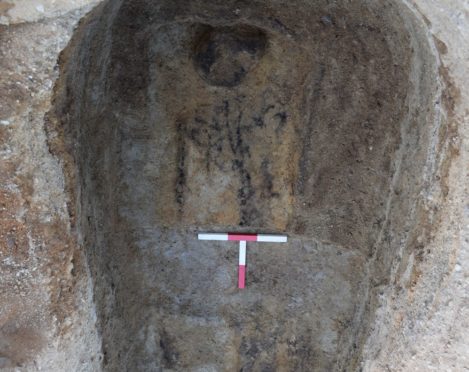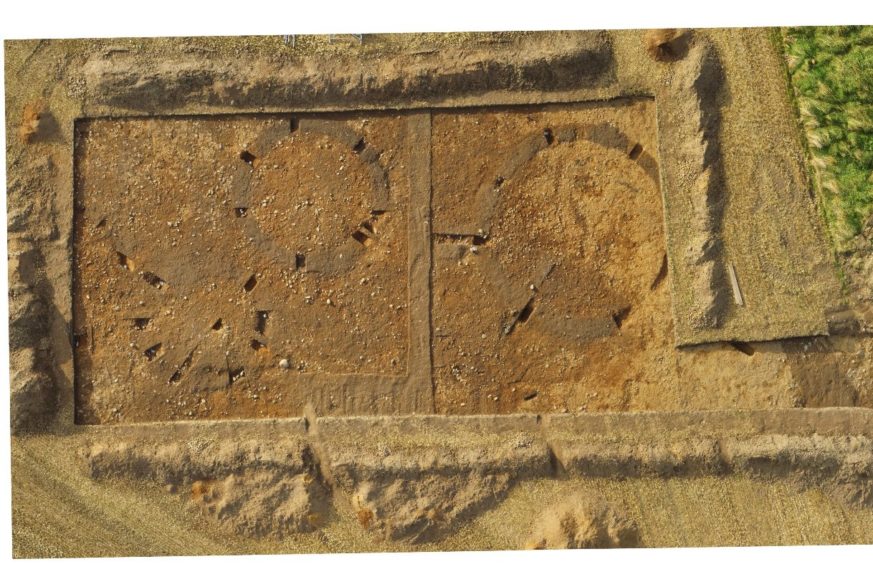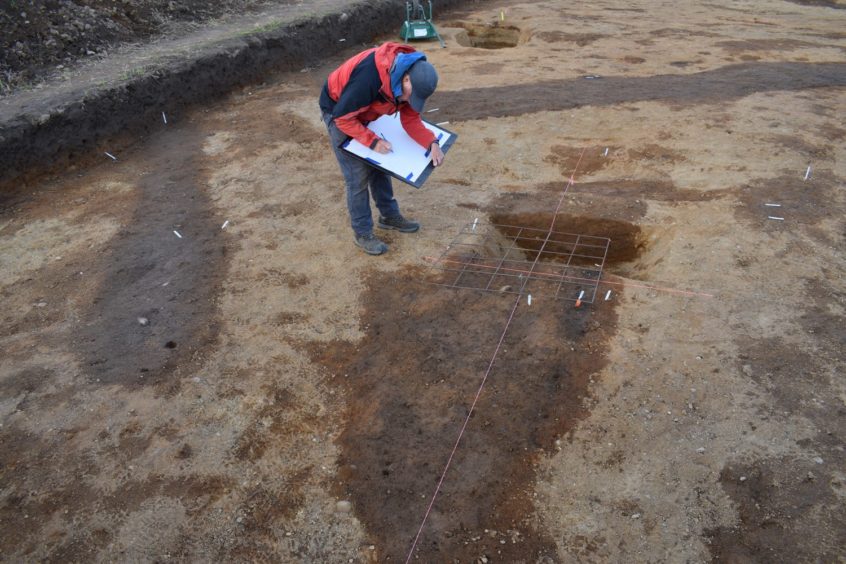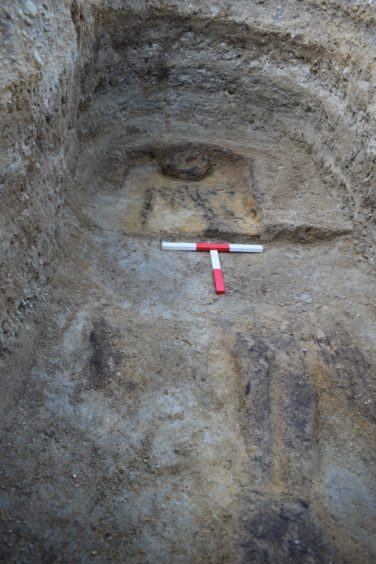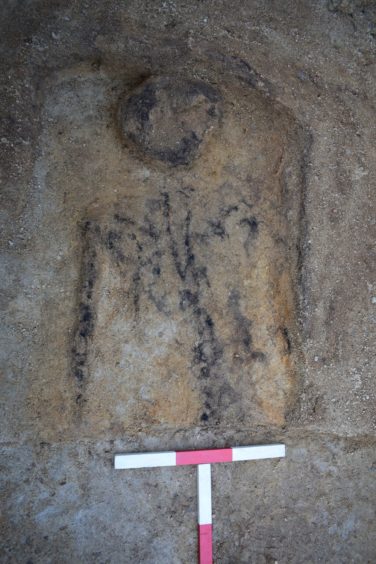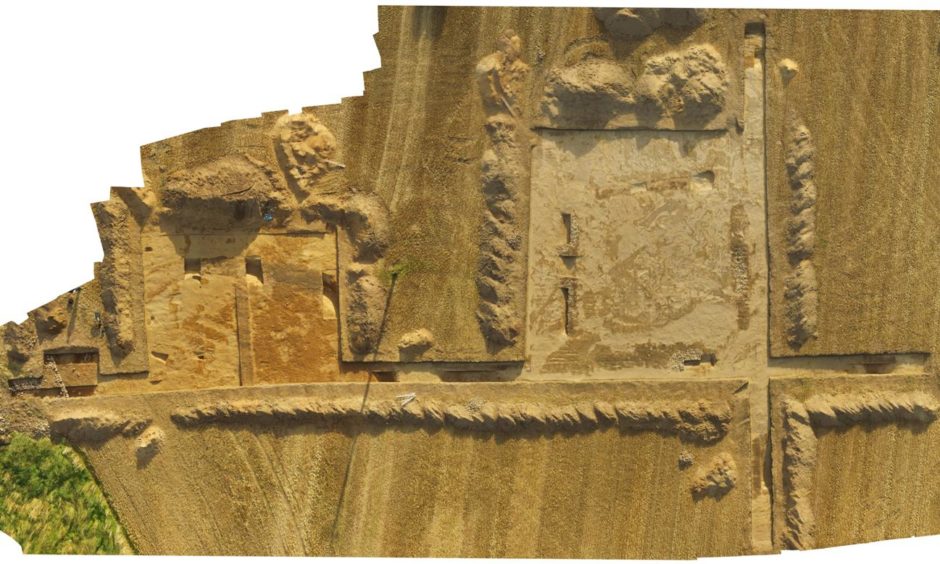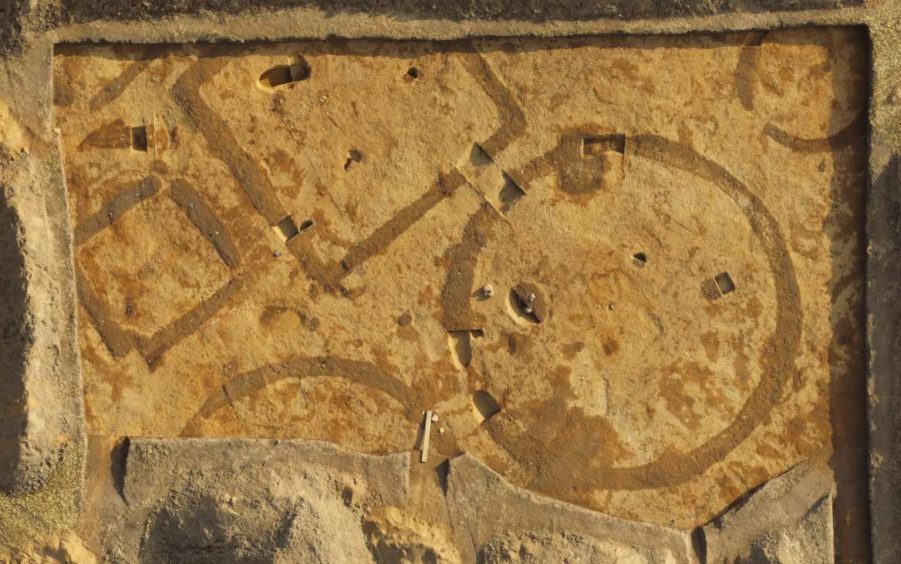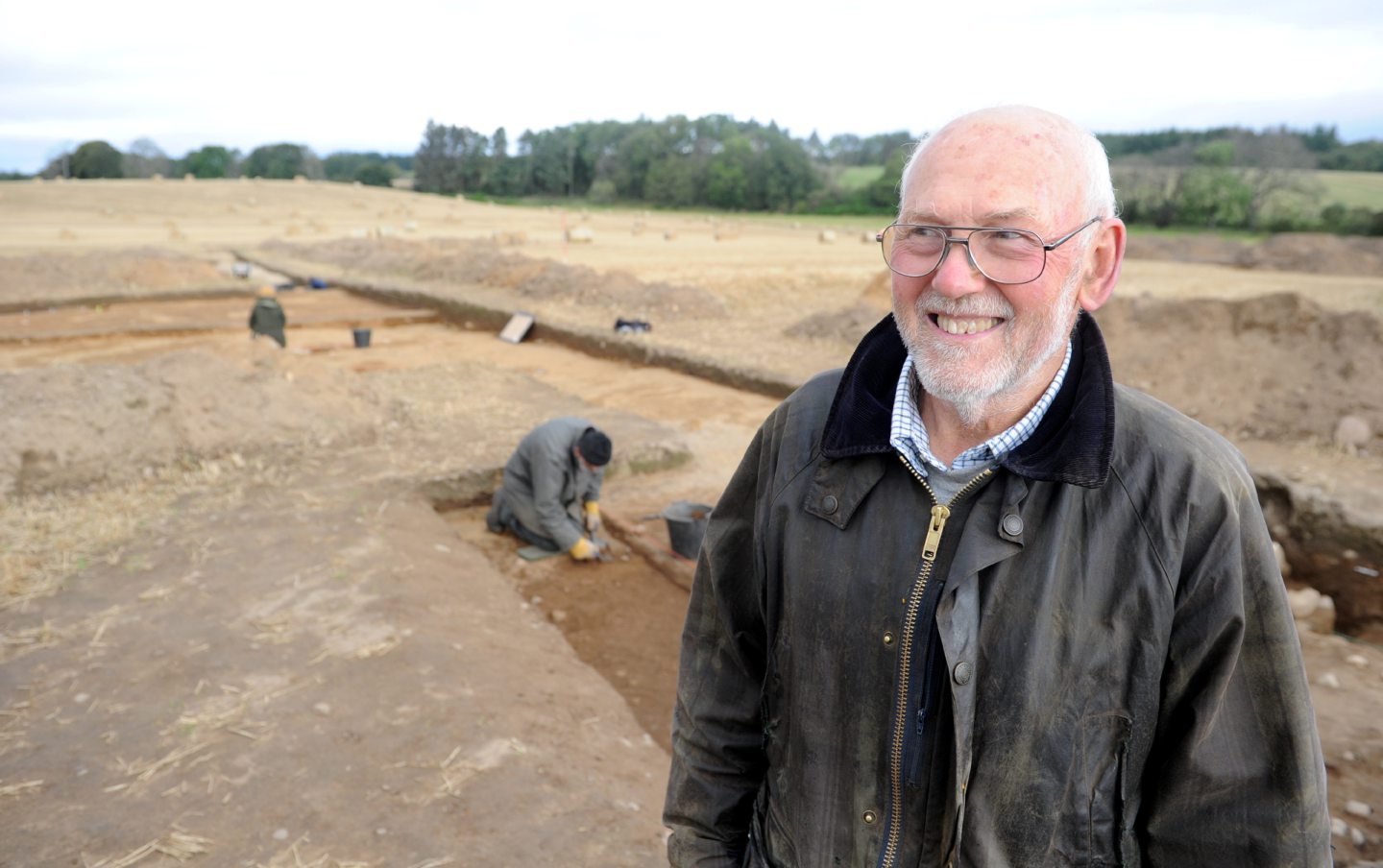A skeleton discovered during a Highland excavation dates back to Pictish times, archaeologists have revealed.
Experts have been peeling back the layers of the site near the village of Muir of Ord, where the 1,400-year-old remains were uncovered on the final day of the dig.
The group from the North of Scotland Archaeological Society worked tirelessly for more than two weeks to thoroughly analyse the site, with the outline of barrows and raised earthen mounds over ancient graves uncovered, however, no remains of human bodies had been uncovered, with the acidity of the soil believed to be the main contributor.
The excavation has uncovered one of the largest Pictish cemeteries in Scotland, inside the old Pictish province of Fortriu.
Steve Birch, the archaeological supervisor at the site, said he had been inspired to carry out further excavations on a grave he had been focused on for a few days but was still left astonished at his find.
Mr Birch said: “I had found no indication of a burial but I was certain that there had been something there.
“After I found some blackened patches in the ground I decided to trowel back at that level and to my astonishment, the ghostly outlines of a skeleton started to appear.”
The expert identified the spinal column of the body, as well as identifying the upper arms and shoulders, before coming across the scull.
He added: “I have been an archaeologist for a long time and have made some important discoveries but this was a real eureka moment for me.”
Excavation works at the site are now complete, with the discovery coming as the project team were dismantling tents and removing equipment ahead of their planned departure.
Dr Eric Grant, leader of the project, said: “It is a bit of a joke among archaeologists that the best finds always come on the last day, but it has been proved on many occasions.”
